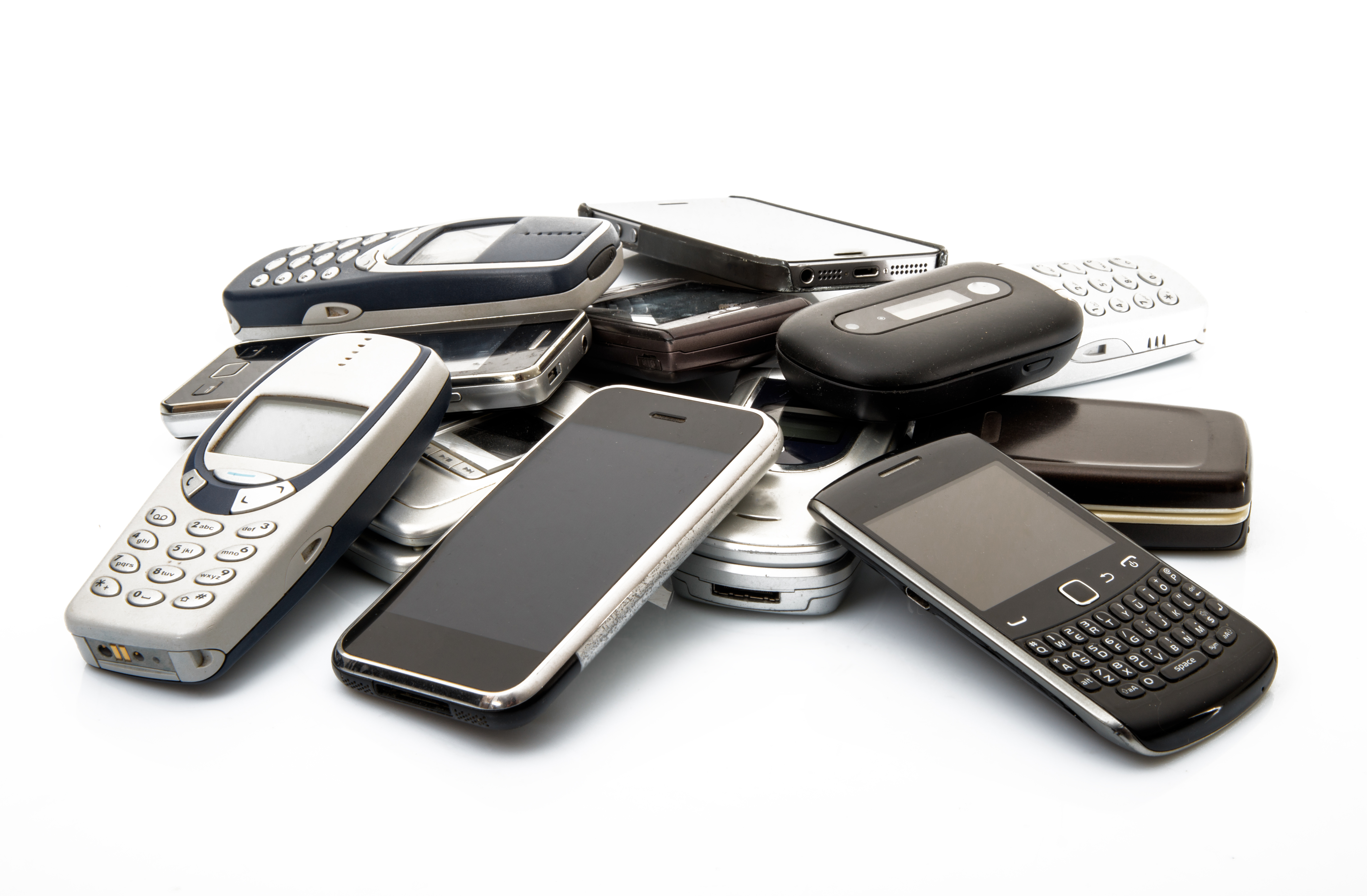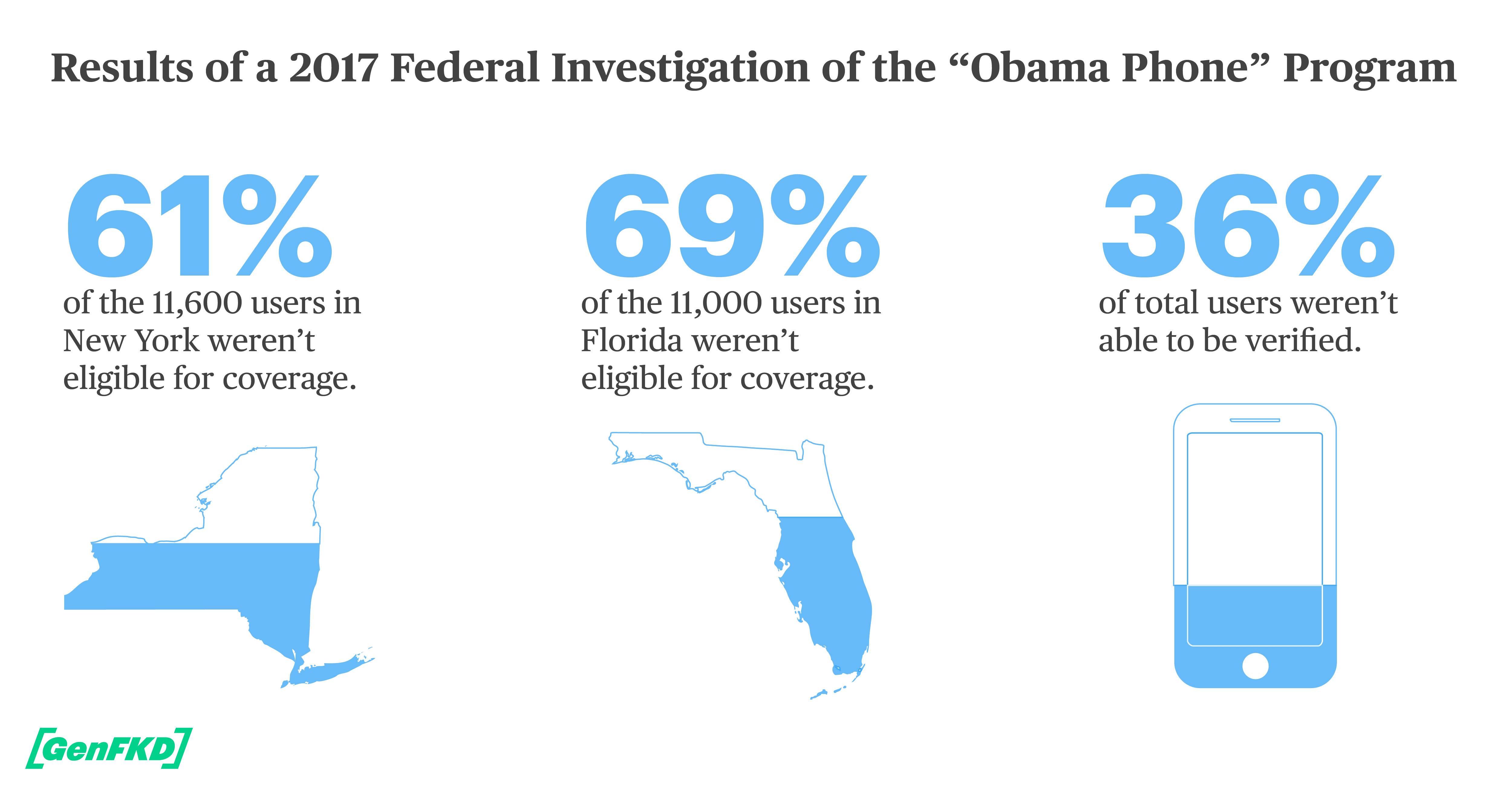Cellular phone coverage is expensive for everyone and there aren’t many affordable plans for elderly and low-income citizens. There is, however, a federal program that provides a free cell phone as well as discounted cellular coverage to financially struggling Americans. Initially called the Lifeline program, Former President Barack Obama revitalized the program, hence the nickname “Obama Phone.” Any local provider can offer the benefits of the program.
Since its inception, the program has garnered much criticism for being an alleged waste of taxpayer money. Many call it a government handout for low-income Americans. To make matters worse, Federal investigators have uncovered many third-party companies defrauding the government for a higher payoff.
Despite the controversy, the program has successfully registered 13 million Americans. Applicants who have already qualified for food stamps, Medicaid and welfare are also eligible for an Obama Phone.
Although there have been problems with the program, connectivity, for senior and economically disadvantaged citizens is a great necessity. An Obama Phone gives the elderly a direct connection to emergency rooms, senior centers and pharmacies. It helps struggling citizens stay connected to their jobs. For example, my parents take care of both my grandparents. Although we don’t make enough money to give them exceptional care, it is, however, sufficient. Both of my grandmothers don’t understand technology very well. So, when we provided them with the Obama Phone, it took a while for them to understand it. My parents set up my grandparents’ plans, and now they can connect with us with greater ease. Additionally, citizens who are overwhelmed with bills can benefit from an affordable coverage plan such as the Obama Phones offer.
In 2016, the program disbursed $1.5 billion in subsidies to 12.3 million households. Auditors wanted to look into whether the Federal Communication Commission was maintaining its mission goal. And so an investigation was launched with the intention of examining companies’ practices. In 2017, federal auditors were unable to verify nearly 36 percent of registered users.
For example, in New York, investigators discovered that out of 11,600 users, 61 percent weren’t eligible for coverage. In Florida, out of 11,000 registered users, 69 percent weren’t eligible for coverage.
Many third-party companies forged registration forms and even created fake profiles in order to steal taxpayer money.
Obama Phones infographic[/caption]
For example, in New York, investigators discovered that out of 11,600 users, 61 percent weren’t eligible for coverage. In Florida, out of 11,000 registered users, 69 percent weren’t eligible for coverage. Many third-party companies forged registration forms and even created fake profiles in order to steal taxpayer money.
Fraud in telecommunications
Sadly, Lifeline is riddled with fraud. Despite this fact, the program helps many elderly and low-income Americans. Obama revitalized the plan by offering a free cell phone for new users. Previously, the program only provided landline connections. To achieve this, Obama relied on third-party companies to offer a free cell phone and to offer a discounted coverage plan.
Today, critics abhor every federal program and consider users to be leeches that take advantage of taxpayers. However, that is not the case. In this federal program, it is the companies, and not the beneficiaries, who are at fault for lying to the government.
A three-year investigation by the Government Accountability Office (GAO) revealed that the Lifeline program was very sloppy about verifying eligible citizens. Since one-third of users were fraudulent, investigators found that the FCC unknowingly paid $1.2 million to fake users.
The FCC relied on these third-party companies to verify eligibility themselves. But, clearly, such a lack of oversight allowed this sort of widespread fraud to continue.
AT&T, Sprint, Verizon and T-mobile own numerous third-party companies such as Assurance Wireless, Access Wireless and True Wireless. When Obama revitalized the program, these companies quickly partnered with the FCC to provide coverage.
A majority of the fraudulent users stemmed from Total Call Mobile, which was one of the providers for the Lifeline program. Once the report came to light, the FCC banned Total Call Mobile and fined them $51 million for its fraud.
FCC mismanaged system
It’s clear the FCC failed to manage these companies properly. Another lack of oversight that the GAO revealed was the lack of application requirements for coverage. According to the GAO report, nearly 5,500 users were able to obtain two phones with little verification.
After a hearing held by the GAO, they recommended that the FCC strengthen their oversight of providers. The GAO also questioned if the program should be continued at all due to the fact that network costs were lowering.
Ajit Pai, the new FCC director, remains determined to clear up any and all fraudulent activity within the program. However, this incident of third-party fraudsters could end the program for good. The Republican administration disapproves of the program already, and this investigation could discontinue it altogether.
Despite these problems, the Lifeline program is hugely beneficial to struggling citizens as having a cell phone is a nearly essential these days.
Takeaway
The Lifeline program is in one of those grey areas. It assists many Americans, but it’s also clear, at the same time, that companies are forging records outright in exchange for a higher government subsidy. There is an evident lack of management and oversight from the federal government where this program is concerned.
Although immediate termination of the Total Call Mobile is a step in the direction of greater transparency, the FCC needs to strengthen its oversight. Especially since the Lifeline program is partnered with more than 35 providers. Due to this breadth of partnerships, a stronger presence by the FCC is definitely required.
Hopefully, this fraudulent blip won’t force politicians to discontinue the program altogether. The benefits are too important. And the program, by and large, is too helpful to struggling Americans.
Have something to add to this story? Comment below or join the discussion on Facebook. Header image: Shutterstock










































